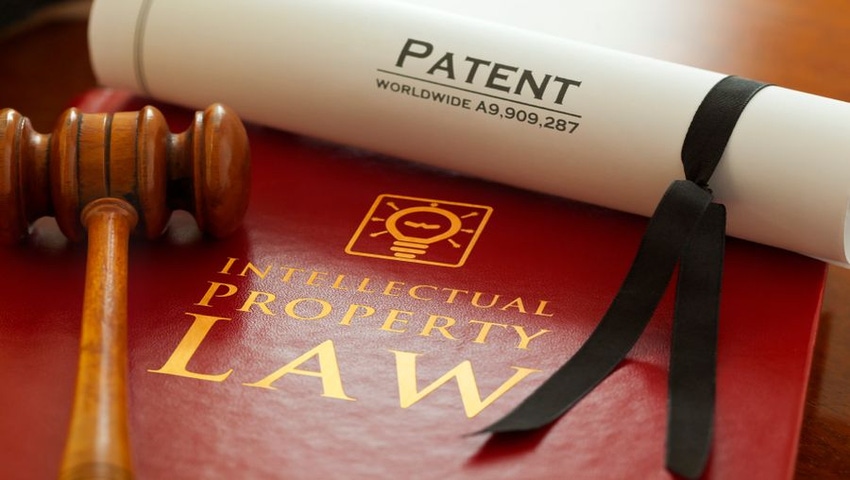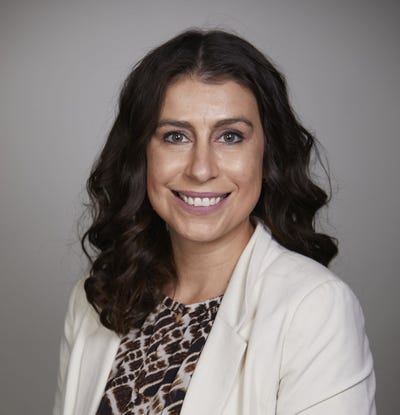Successful health and nutrition companies are often built on innovative products and great brands. Both of these are directly associated with different forms of intellectual property, specifically patents and trademarks.

Intellectual property (IP) is a hot topic in the business world. Many people assume IP applies solely to companies in the technology and pharmaceutical fields. However, the cultivation and protection of IP can provide significant growth and differentiation to health and nutrition companies.
Successful health and nutrition companies are often built on innovative products and great brands. Both of these are directly associated with different forms of IP, specifically patents and trademarks. Patents protect inventions, and trademarks protect brands.
Patents
Countries throughout the world grant patents on products, processes and improvements on both. In return for disclosing their invention to the public, patent holders receive the exclusive right to make, use or sell their invention for 20 years. In order to qualify for a patent grant, the invention must be new and different from obvious modifications of the current knowledge in the field. The invention must be distinguishable from a product of nature or a natural phenomenon, which provides a particular, but not insurmountable, challenge to the health and nutrition industry. A common solution is modifying the naturally sourced ingredient to improve its potency, deliverability or bioavailability.
In addition to providing exclusive rights to the patent holder, patents may serve as product differentiators in a crowded market, as symbols of corporate excellence, and as marketable instruments for otherwise intangible assets. For product differentiation, the patent applicant can mark its product as “patent pending" during the application process, and “patented" if a patent is granted on the product. This designation can distinguish a product as unique from its competition. With regard to the reputational benefits, acquiring a patent portfolio shows that a company invests in research and innovation, and has the documentation to prove it. Finally, as marketable instruments, patents may be used as assets to increase the value of a company or form new partnerships through licensing.
It may take anywhere from two to five years on average to obtain a patent from the date the application is filed. However, the United States now offers a “prioritized patent examination program" that allows a patent applicant the ability to obtain a patent in less than one year by paying an additional fee. This fee is halved for small businesses, and therefore can be a significant tool for obtaining a patent on an invention that is critical to the success of a company. On the other hand, if the product has a lifecycle that is only a few years long, it may not be necessary or advisable to go through the patent process.
Trademarks
Branding is a critical aspect of success in the health and nutrition industry. Trademarks protect brands by providing exclusive rights to the use of the brands in connection with a specific product or service. These exclusive rights prevent competitors from using the hard-earned reputation of brand owners to market to the same customers. After all, the purpose of trademarks is to protect consumers from being confused by multiple sources of similar products of varying quality.
Unlike patents, in the United States, trademarks do not require government registration to be protectable. Instead, trademarks are enforceable as soon as the name or logo is used to sell a product or service. A trademark owner can indicate this intent for exclusive use with the “™" symbol. However, there are significant benefits to registering trademarks, particularly at the federal level. These benefits include a legal presumption of ownership of the mark that can be enforced nationwide. Federal registration allows use of the ® designation, along with a listing of the trademark in the searchable U.S. Patent and Trademark Office (USPTO) database. Registration also brings the ability to enforce trademark rights in federal court, and can be the basis for registering the same mark in foreign countries.
In order to register a trademark, the trademark owner must show the mark is not likely to be confused with another trademark or existing name, and that the trademark is not descriptive of the goods or services it is associated with. The USPTO will not grant registration to a trademark that is similar to a previously registered or pending mark, where the goods and services of the two marks overlap to the extent consumers would mistakenly believe the products come from the same source. Similarity can be based on visual, spoken or contextual similarly. However, two similar names can co-exist if the goods and services are not related (for example INFINITY® separately registered for automobiles, movie theaters, pillows, slot machines and automated pet feeders, to name a few).
In order to be registered, a trademark cannot be descriptive or generic of the goods or services it connotes. In addition to being easier to register, distinctive trademarks provide for stronger trademarks, i.e., ones that are more easily enforced. The strongest trademarks are invented words or have an arbitrary relationship to the goods protected (for example, Apple® for computers, or Uber® for transportation software). The next strongest are suggestive marks that suggest, but do not describe the goods or services. Suggestive marks are excellent targets for trademarks in health and nutrition, as there is often the desire to incorporate some aspect of the ingredient or health benefit into the name of a product. However, trademark owners must be careful not to cross the line into descriptiveness. Descriptive trademarks cannot be easily registered, as it would prevent other companies in the same field from using words that describe the goods or service. Such trademarks can be registered only if “acquired distinctiveness" is obtained over a long period of time. Finally, it is imperative that trademark owners do not allow their trademarks to become generic, i.e., the name of the product itself. Marks, such as escalator and aspirin, that were once suggestive or arbitrary became generic because of long-term widespread, non-trademark use, and lost their trademark protection. Trademarks owners must be vigilant in educating consumers that the name indicates the source of the goods, and not the goods themselves, as shown by the efforts of the owners of Xerox® and Kleenex®.
Registering a trademark usually takes a minimum of nine months. A trademark application must include the name or logo, and the goods or services that will carry the brand name. There is also an “intent to use" application that allows applicants to submit for a name or symbol that they plan to use in the future. If the application is approved by the USPTO, the trademark owner must then submit proof of actual use (for example, a sale of product or service carrying the brand name) to complete the trademark process. Unlike the limited term of a patent, the life of a trademark is unlimited, as long as there is continued use of the brand in connection with its associated goods or services and the renewal fees are paid. In contrast with patents that can be freely bought and sold, the trademark may only be sold or licensed in connection with the goods or services carrying the brand name.
Health and nutrition companies have many options for protecting valuable IP, both to the benefit of the companies themselves and their customers. Brands should consider these options for protecting assets. A good IP attorney can advise on where to start, and whether or not pursing a patent or registered trademark is a good investment.
Attorney Andreas Baltatzis is a director at KramerAmado PC (krameramado.com), a boutique law firm specializing in intellectual property (IP). He represents a number of innovative nutritional supplement and nutraceutical companies that improve people’s lives every day. Baltatzis also helps companies prepare and implement IP strategies by obtaining patents and trademarks that protect their innovations and cash flow, as well as advising clients on successfully launching new products and brands.
About the Author(s)
You May Also Like






.png?width=800&auto=webp&quality=80&disable=upscale)